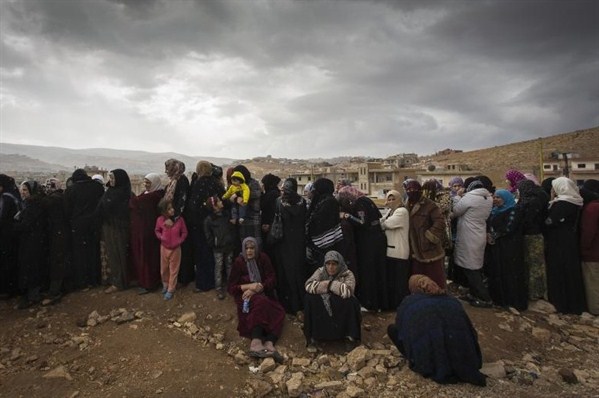As the plight of Syrian refugees and their harrowing attempts to enter Europe dominate international media, calls have mounted for the United States to play a greater role in managing the crisis. Last week, a photo of the lifeless 3-year-old Aylan Kurdi, washed up on a Turkish beach, went viral, only intensifying demands to address the humanitarian needs of many Syrians fleeing the civil war that has raged since 2011.
European countries—the target for many migrants—have responded unevenly; Germany and Sweden are liberally accepting European Union-bound refugees and have called on other member states to absorb more migrants, though prospects for an increase seem limited. Poland, as well as Slovakia, have adopted a contentious policy only to accept Christian migrants from Syria. This week, German Vice Chancellor Sigmund Gabriel said that his country could accept at least 500,000 asylum seekers annually for several years, and on Wednesday, the European Commission called on member states to share 160,000 refugees arriving in Italy, Greece and Hungary.
Since Syria’s war broke out in 2011, the U.S. has only accepted 1,541 of the conflict’s more than 4 million refugees.

